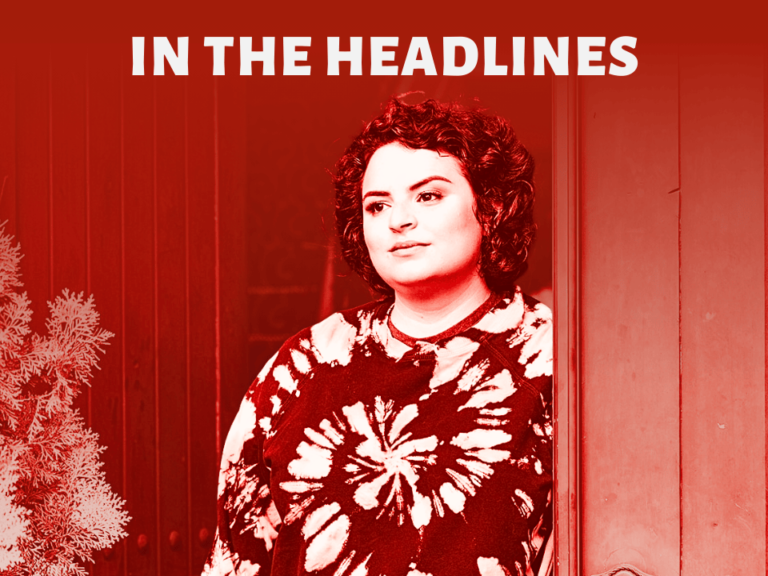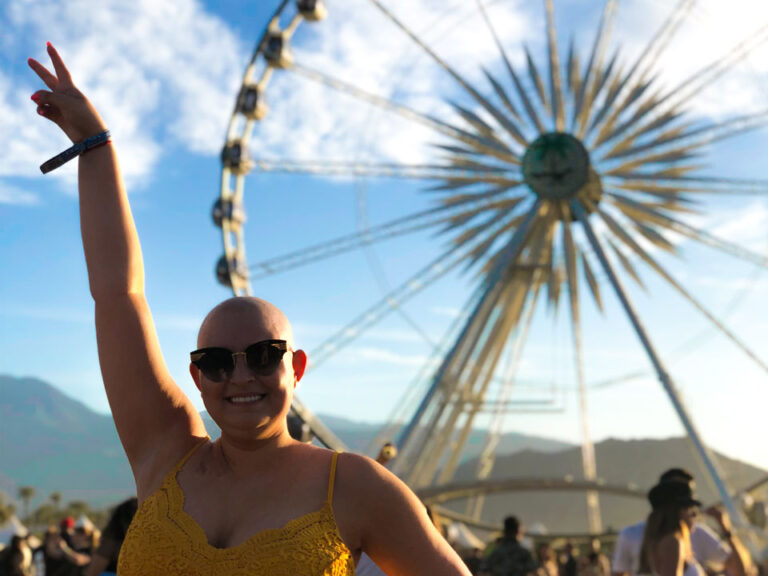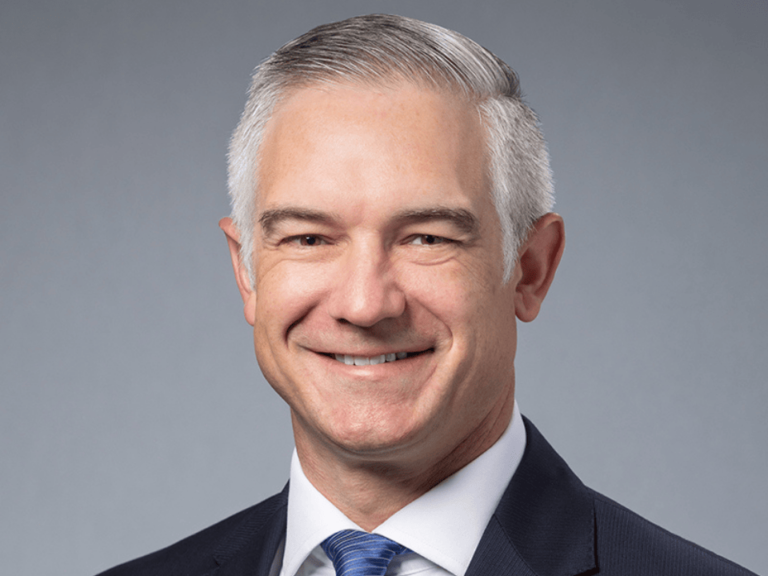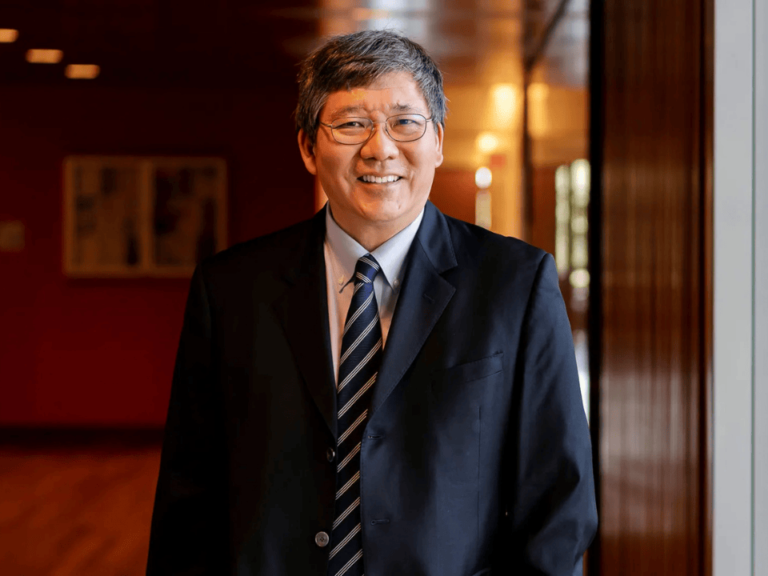The National Cancer Institute Harold Varmus will leave on March 31 is leaner, cleaner, and more focused than it was on July 12, 2010, the day he became its 14th director.
Chalk it up to irony, but the first phase of the Nobel laureate’s stewardship at the circa-$5 billion-a-year institution can be classified as janitorial work—clearing out the pet projects of his predecessors.
The Andrew Von Eschenbach-era dysfunctional bioinformatics and biorepository projects got the defenestration they deserved. The institute’s outsized PR operation got edited down with deft ax work.
The proud tradition of shielding the directors’ pet projects from peer review by having them funded though NCI’s contractor came to an end.
Varmus has signature projects, to be sure, but they were presented for review and chopping, like everything else. Even the contractor-operated Frederick National Laboratory for Cancer Researchnow has an advisory committee that holds open meetings.
When he came to NCI, Varmus let it be known that he preferred to be addressed as Harold (The Cancer Letter, July 16, 2010).
“My first name is not Doctor,” he announced. “It’s Harold, and I like to be called Harold.”
Harold didn’t use speechwriters. He avoided slides. His email address was publicly known—Harold.Varmus@NIH.gov—and he responded to the emails he received.
Covering NCI, one learned quickly that Harold, who alternatively could have been at his lab or riding a bike through the rolling hills of upstate New York, came to run NCI because of his love for the scientific process and heated, open debate.
For most of his nearly five years at the institute, Harold faced indignities that included the government shutdown, the first-ever appropriations cut, and sequestration. Throughout, he railed against moronic federal rules that kept him from recruiting top people and traveling to scientific conferences.
While the volume of programmatic dreck Harold discarded squarely earns him the designation of an outstanding NCI director, the programs he built aren’t entirely ripe for evaluation.
We don’t know whether the clinical trials infrastructure will need to be expanded or tweaked.
We don’t know whether his big bet on the RAS gene will pay off.
We don’t know whether his move away from reliance on priority scores in review of grants applications will remain viable after he leaves the institute.
We don’t know whether the rethinking of the funding formula for cancer center core grants would keep its momentum after this month.
We don’t know whether NCI really needs the massive intramural program it has.
In his final months, Harold seemed to be open to discussion of expanding funding for cancer centers. Will his successor—Douglas Lowy—continue this discussion?
Note something that didn’t happen during the Varmus years at NCI: there were no scandals, no allegations of conflicts of interest—none of that crap. Harold wasn’t there to get rich, famous or adored.
The saddest what-if that repeatedly popped into this reporter’s mind was what if Harold had been the NCI director at a time when the institute had money to burn? Did Harold get the opportunity to implement his vision, or did it get squelched by the weight of budgetary pressures?
Harold didn’t sign up for the starvation diet.
He was one of the co-authors of the Obama campaign cancer plan, which included doubling federal expenditure on cancer research over the following five years and increasing accrual to clinical trials to 10 percent of all cancer patients (The Cancer Letter, Nov. 7, 2008).
However, by early 2011, NCI and the rest of the government was staring at what Harold dubbed the “budgetary disaster” (The Cancer Letter, Jan. 13, 2011).
In July 2011, a year after he got to NCI, Harold did a Q&A with this reporter (The Cancer Letter, July 22, 2011, July 29, 2011).
“I knew that it would be a tough time,” he said. “I didn’t think that we would be on the chopping block. I was surprised to see the budget dip below previous years’ levels. I thought we would continue to see an erosion of our buying power by sub-inflationary increases or totally flat budgets. The one-percent decrease, to me, was fairly important symbolically. And I think it’s not unreasonable to expect that this year we will have another reduction.”
Harold recognized a silver lining in the deepening budgetary disaster.
“We are dealing with difficult times,” he said in the Q&A. “Difficult times are interesting in ways that I think can be useful. I’d rather have life be fiscally easier, but, frankly, when budgets are rising, it’s very hard to shut anything down. So that’s an issue. People understand, when things are tight, that you are going to take money out of some programs and put them into other things, because you can justifiably say, ‘We’ve got to always do new things. Otherwise, we are not going to make optimal progress.’”
At meetings of NCI advisory committees, Harold spoke in precise, direct sentences, delivering lengthy briefings from his own handwritten notes.
Covering Harold required a lot of ink. There was meaning in those taut sentences, and many of them warranted underlining with a sharp No. 2 pencil.
Harold could be personable. This reporter will never forget a brief conversation about relative merits of titanium, steel and carbon as materials used in building road bike frames. Harold’s unwillingness (or inability) to suffer fools was legendary, and one didn’t have to be a fool to get a tongue-lashing.
Harold had no patience for patient advocacy groups that lobby for higher expenditures on specific diseases.
“I wonder whether we are at the point where we ought to rethink the idea that we have organ-specific disease groups,” Harold said at an advisory committee meeting last September (The Cancer Letter, Sept. 12, 2014). “Maybe they should be pathway-based, or gene-profile-based, or, when we take on the match program, then all hell breaks loose, because every patient is a potential entry into a match-type clinical trial. I just wonder whether these boundaries are now increasingly artificial… Maybe we need a UN of disease groups.”
For nearly five years, Harold was a good story and good theater. You knew that he would say exactly what was on his mind, proudly not giving a rip about being impolitic.
It was thus a surprise that Harold dropped the F-bomb at a webcast meeting of an advisory committee on only one occasion (The Cancer Letter, Sept. 12, 2014). At meetings of NCI advisory committees, you could watch him express a strong opinion, elicit response and slowly come around to a different point of view.
When you sat in a conference room, hanging onto the meaning of Harold’s every word, you knew that you were a part of an extraordinary performance and that you will never experience anything like it again.













